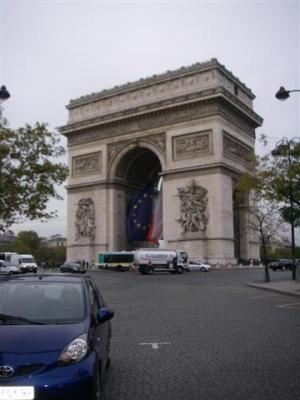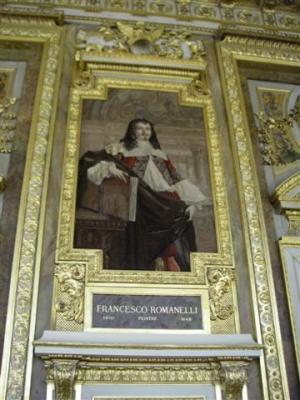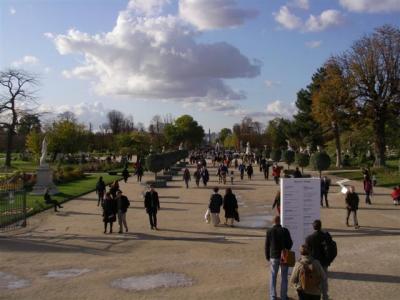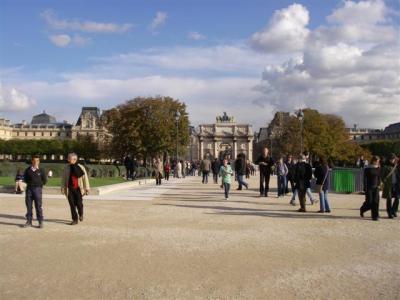Our first stop this morning was at the Notre Dame Cathedral. The site was once a Gallo-Roman temple, which was replaced by a church, which was replaced by the cathedral. Construction began in 1163 and it was mostly completed by the mid-1300’s. It is 130 meters long, 48 meters wide, 35 meters tall and can hold 6,000 worshippers. The architectural style is French Gothic.
The French Revolutionists were very anti-church. During the revolution, the heads of all the statues of the kings in Notre Dame were cut off. Notre Dame became little used and fell into disrepair, and it was slated to be demolished. But then the book “The Hunchback of Notre Dame” came out and renewed interest in the cathedral, so it was spared destruction. The cathedral was restored in the 19th century, including heads being put on the mutilated statues. Interestingly enough, sometime later the heads were found buried in another part of town.
The cathedral is quite literally the “heart” of Paris. All distances from Paris to other parts of France are always measured from here, and this is “point zero” for all French roads. The cathedral has recently undergone a thorough exterior cleaning, using laser technology. The cleaning took several years. One spiral was left uncleaned so that people could compare what it looked like before and after. The spiral is black and the rest of the church is a light gray. The cathedral is the most visited site in France with 10 million people a year entering it.
We approached it and were a little disappointed to see it isn’t nearly as pretty as the Il Duormo in Milan. It is kind of blocky and stern, with the symmetrical duo of rectangular towers. The architect did attempt to soften the façade with some delicate Romanesque columns just under the towers. Above the doors is a horizontal line of statues set into the façade. We wonder if these are the beheaded kings.
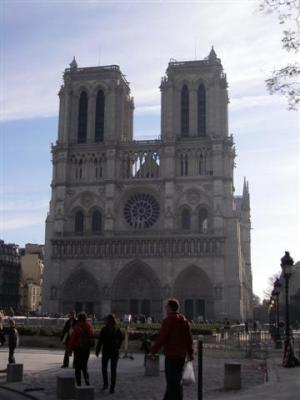
The first thing you notice when you walk in is that the ceilings are really high. The next thing you notice is the large and abundant stained glass windows. They really stand out against the unpainted walls, and it is clear that the stained glass really is the primary artwork. The stained glass, alcoves, balconies and doorways all have interesting shapes that give the interior a lot of structural character, but don’t overwhelm you like the baroque style does. The ceilings are vaulted and the support pillars are substantial in width. The chandeliers are large and eye catching. The floors are a simple black and white checker pattern. Eric was really taken by all the beautiful stained glass. This is one of his favorite churches yet.
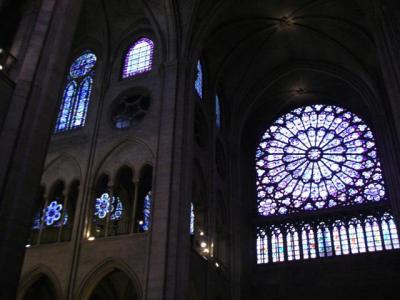
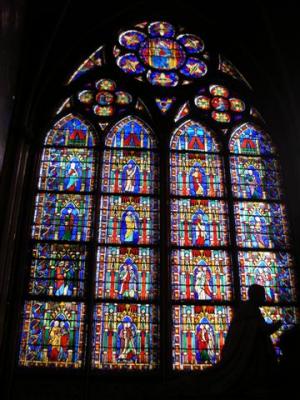
The entire exterior wall is lined with Continue reading →
